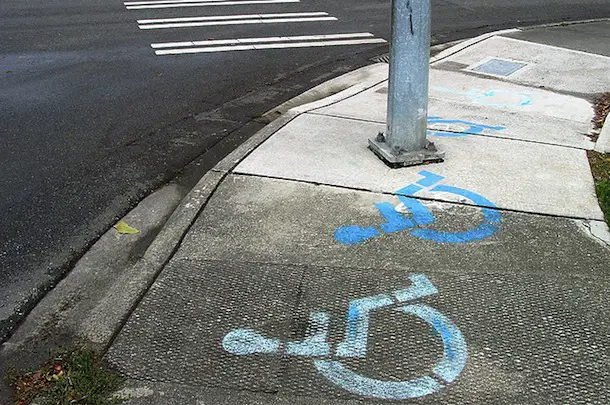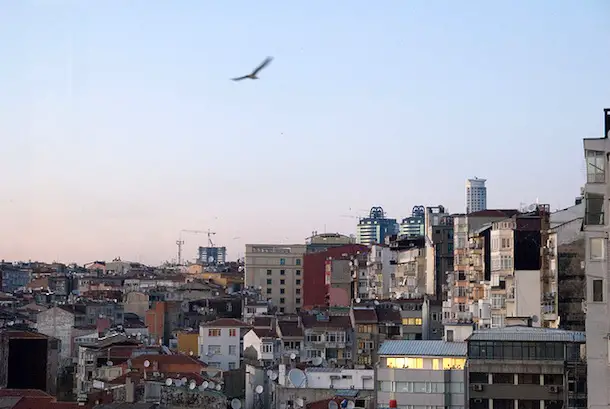Films are a mosaic of socio-cultural, economic and geographical conditions that represent the nuances of the relationship of the core and the periphery, and the governors and the governed. Films capture a city at a particular time and often showcase the city’s best and worst. Weaved in the story of the protagonist or sometimes in the backdrop are subtle and not-so-subtle aspects of a city. In the films where men and motion have been captured and documented in the moving frames, there is a subtle but clear assumption that the public policy, policy preferences and institutions of the city, community, and to a macro extent, the country, have also been captured. These depictions are frozen in time and are not on the surface but have to be scraped out by going behind the frames and questioning the non-obvious.
One could analyse transportation policy and its impact on a city based on how it is depicted in films and compare this to the actual transportation policy of those times as articulated by governments. A framework evolved from the study of a policy-visual history of transportation will be effective to understand the evolution of transportation policies and the impact on travel modes and behaviors. Since the use of transportation in movies has been indicative of the prevalent modes of transport and their usage patterns, films offer a rich source to understand the contexts in which transportation modes are used, mode choices that are made under various circumstances related to occupation, leisure, emergency and socio-economic status.
Using cinema as a means to understand policy problems might not sound appealing and intuitive, but it is logical given the fact that films are the best way to flip the pages of past and capture multiple dimensions with visual elements that would not be present through studies of newspaper articles, journals and other written sources. Such a framework could be used to formulate better transportation policy objectives and actual implementation of policies to achieve those objectives.
For the framework to be developed and the finer elements to come out, it will be necessary to set a context on the basis of which the changes could be observed. One way to do it is to juxtapose a city, Mumbai, for example, with other developed cities that have superior transportation systems and use this juxtaposition to highlight the economic, social, cultural and political underpinnings that shaped the transit policies and choices in a city. This then has to be supported by understanding the actual policy transcriptions over time, the way policy evolved and favored or biased against certain modes and travel behaviors.
The hierarchy of mobility can be a useful framework. As with Maslow’s hierarchy of needs, this framework essentially says there is a hierarchy of mobility needs, with some needs above others. Safety, for example, is above the act of moving or mobility. Such a framework could show at what times, under what policy circumstances and in what city/cities, the commuters were at which level of the hierarchy.
For example, in 2006 movie Babel, filmed across multiple cities including Tokyo, a group of teen youngsters takes a metro train ride in a hedonistic pursuit. For passengers, such a situation depicts a higher level in the hierarchy of mobility through mass transit. They have identity, equity, enjoyment, ease, protection as well as mobility in a metro. A similar pursuit as depicted in another 2006 Bollywood movie filmed in Delhi called Rang de Basanti is done in private vehicles. Despite the introduction of metro trains in Delhi, the amount of restrictions and safety issues are plenty and it still has not been used as a public space for private merriment.
Such a situation where a public transit mode is as safe as a private mode tells a tale of urban policy environment effected by years of many changes and fortifications at multiple levels. Thus one could locate and demonstrate scenarios where passengers have been able to achieve higher levels in the hierarchy and what policies produced such a rise and understand the objectives of the urban transport policy in the context of demographic, and socio-economic change and other broader aims relating to sustainability, mobility, accessibility and so on.
One could draw an event analysis, based on the analytical and primary/secondary research and establish the key events in terms of transport policy changes over past few decades. The policy changes will include the wide spectrum of policies that could have impacted urban transportation in one way or the other. The event analysis can be layered against the depiction of transport in the films around the year/s when those policies came into effect and how the films captured the prescription.
Cinema can act as a tool to help understand the macro and micro contours of changes in urban transport in terms of the modes used and conditions of travel, and answer a question that is not static but dynamic: the evolution of personal, communal and political preferences.
Tarun Sharma is a public policy practitioner and New Delhi resident with an academic background in Economics and Public Policy. Tarun’s interests include land management, transport and urban heritage.


